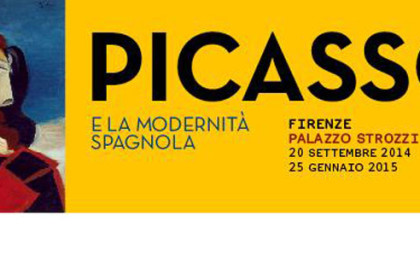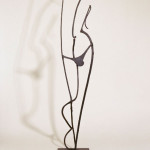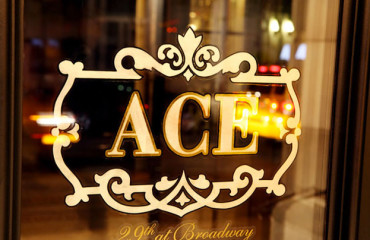
Let’s start from the center, from the heart of the exhibition Picasso and the Spanish modernity: sections The Monster and The Tragedy are housed in a darkened room, the gloom suited to protect the fragile designs of the Catalan painter. Two extraordinary cores, rarely leaving the Museum Reina Sofia and testifying to a journey that began from ancient myth, from that Minotaur that so much importance had to Picasso, in the reflection on the state of the art and the artist. In 1933 monster and artist identify with each other and you see the theme of bullfighting, mind the following year the Minotaur is condemned to wander, blind, led by a little girl.
Only two years, and the Civil War broke out in Spain, April 26th, 1937 culminated in the bloody bombing of Guernica. Well known is the story of the great canvas of Picasso: Time, in Florence, it is documented through sensational sketches and drawings, made day after day, May 2 to 27, and which form the genesis, starting right from the Minotaur, a masterpiece became icon and encouragement to peace.
But the show is much more: the close collaboration between the museum and the Palazzo Strozzi Catalan, from which are all the 90 works on display, made it possible to investigate, room by room, the issues around which are faced by the Spanish artists who, together with the undisputed teacher, have marked the twentieth century and created the “modernity” means using the juxtaposition of works by Joan Mirò, Salvador Dali, Juan Gris, Maria Blanchard, Julio Gonzalez and many others, each room tells a story and offers new perspectives with which to read the art in relation to its historical, social and political context.
Extremely innovative is the emphasis on the existence of a Spanish analytical art, but the investigation continues with works – the middle Mirò and Picasso – which intended to foster a “lyrical” consciousness of things and sensations equivalent to those raised by the poem, and then the relationship between real and supra-real (as not refer immediately to Dali?) and between art and nature, both creative and at the base of the cultural identity of a people.
How declares Cristina Acidini, who recently left the leadership of the Florentine museums, “Picasso and his contemporaries are like cannibals, have devoured and assimilated all the art of the West”, reinventing and proposing it from a substrate that draws from deep ‘archaic and myth, and exposure shows everything with obvious clarity.
But back now to incipit: engaging in a story by Honoré de Balzac, Picasso offers a search on the topic of the atelier and the psychological relationship between artist and model who becomes a constant. Two of his paintings with Painter and Model then open and close the exhibition and seem to ask the visitor a careful reflection on the deeper meaning of artistic creation.
Picasso and the Spanish modernity
Edited by Eugenio Carmona
Palazzo Strozzi, Florence
Until 25th January 2015
Info: +390552469600
 English
English  Italiano
Italiano 







